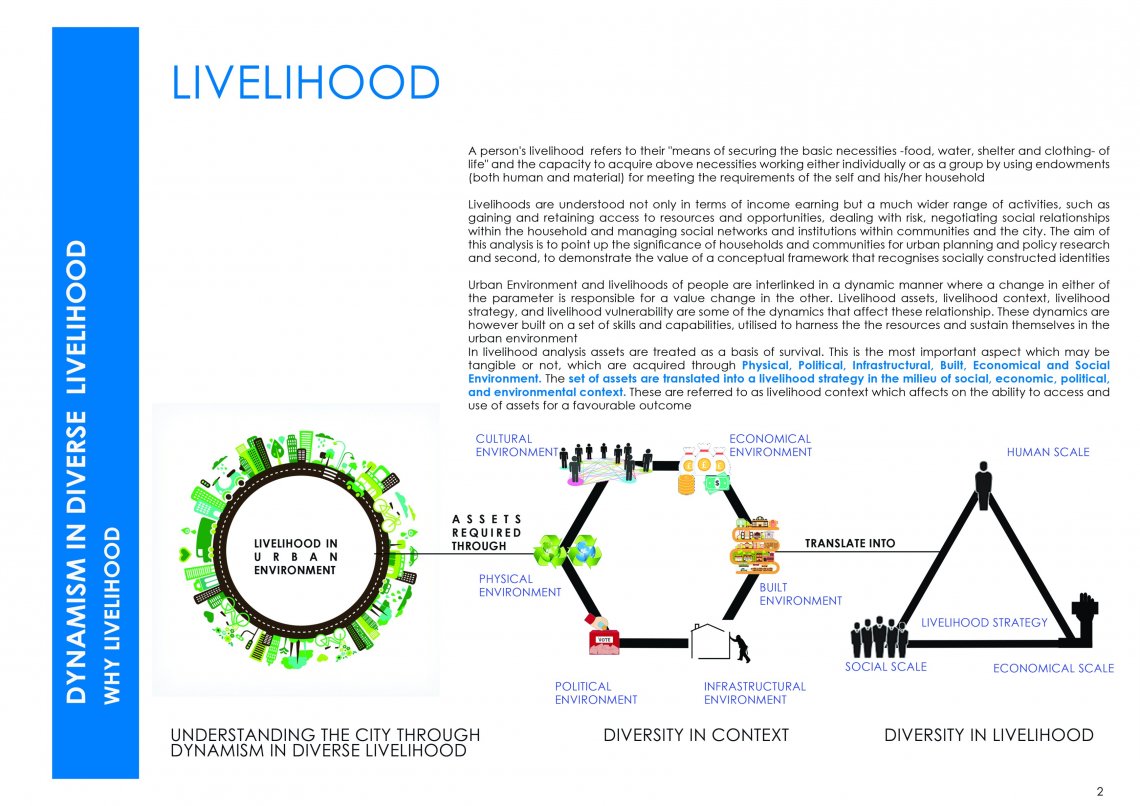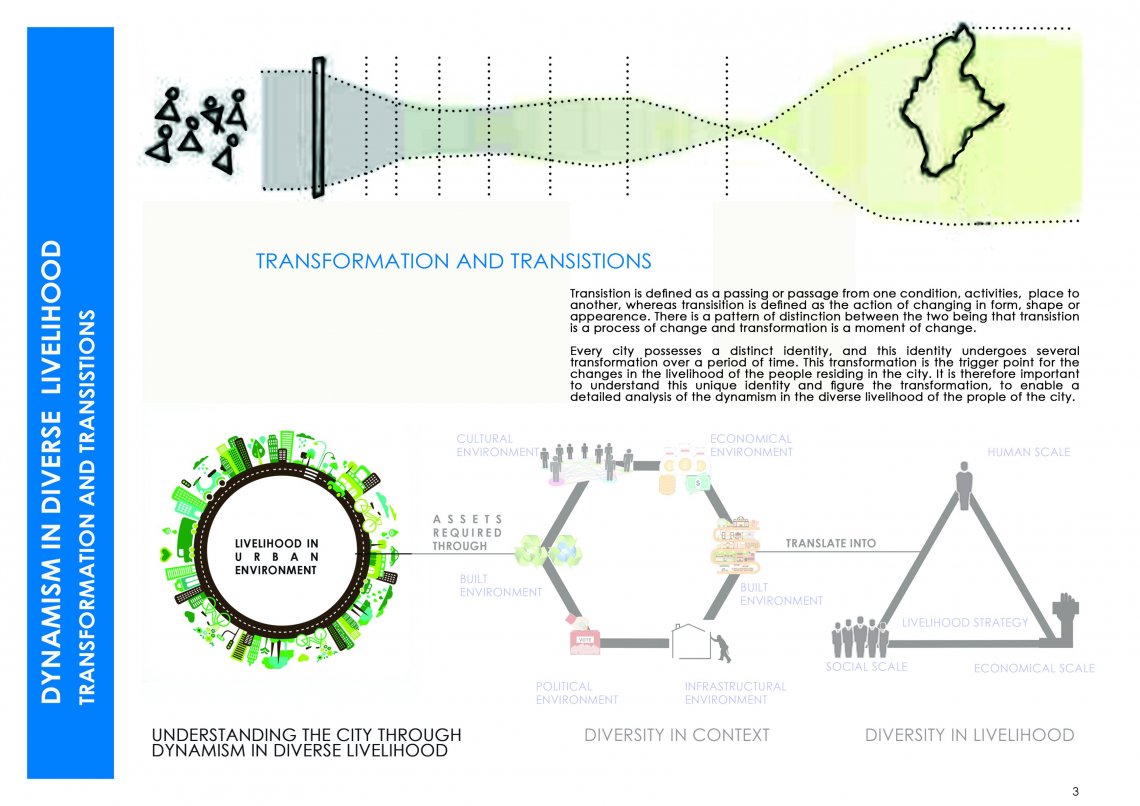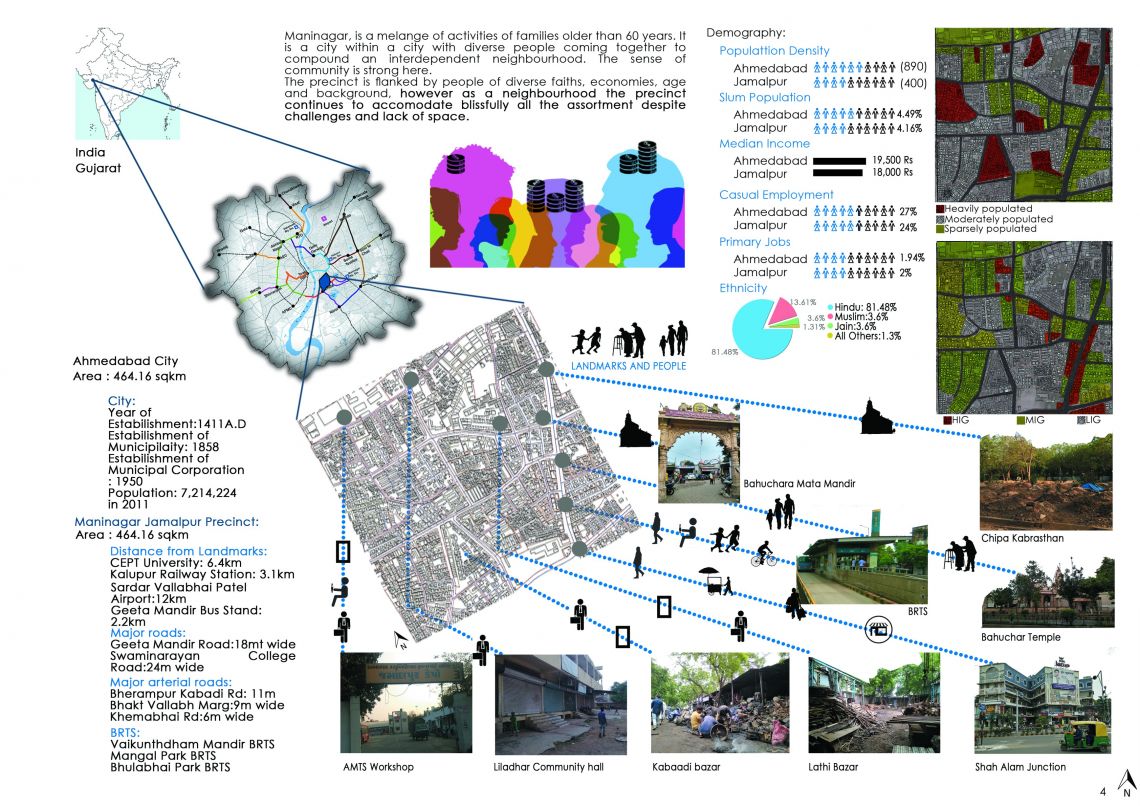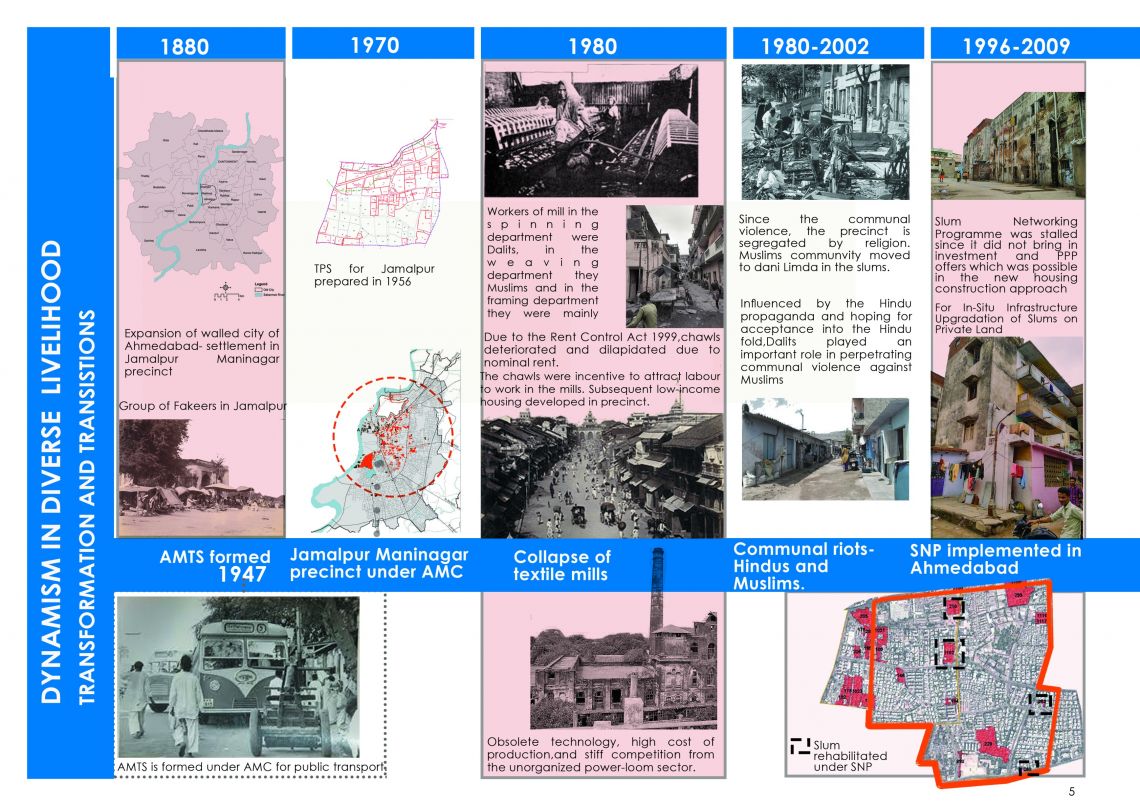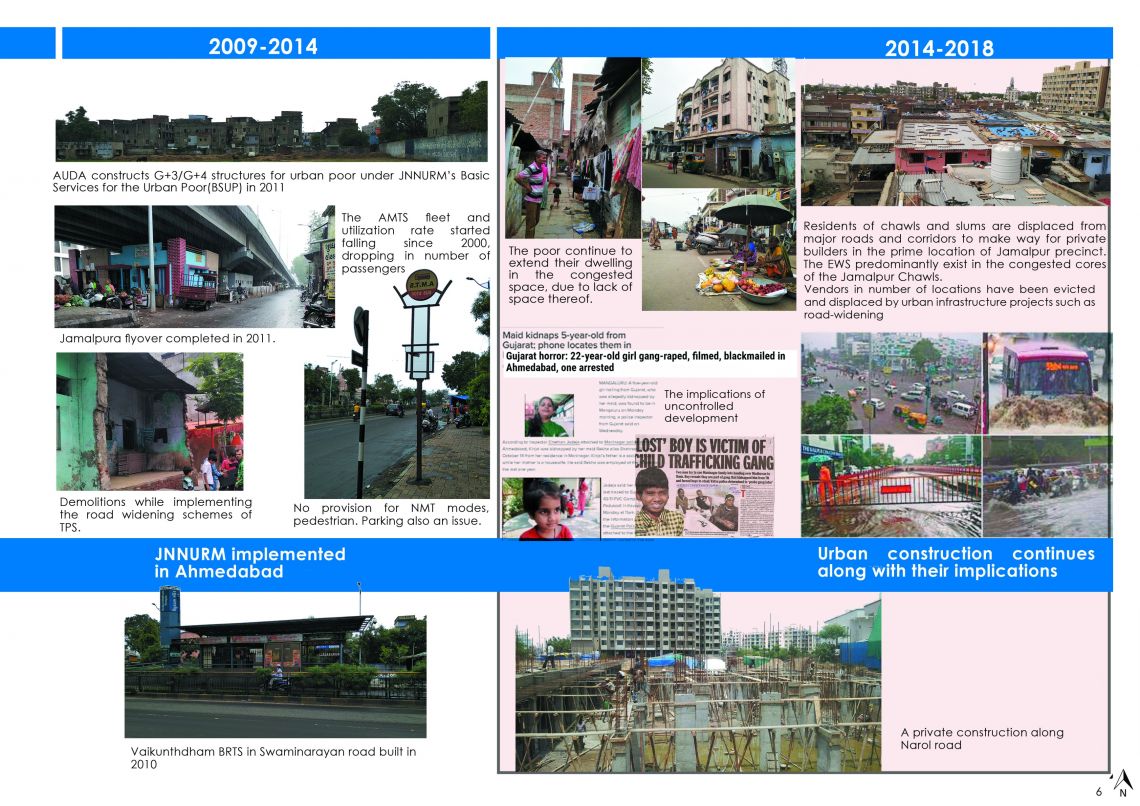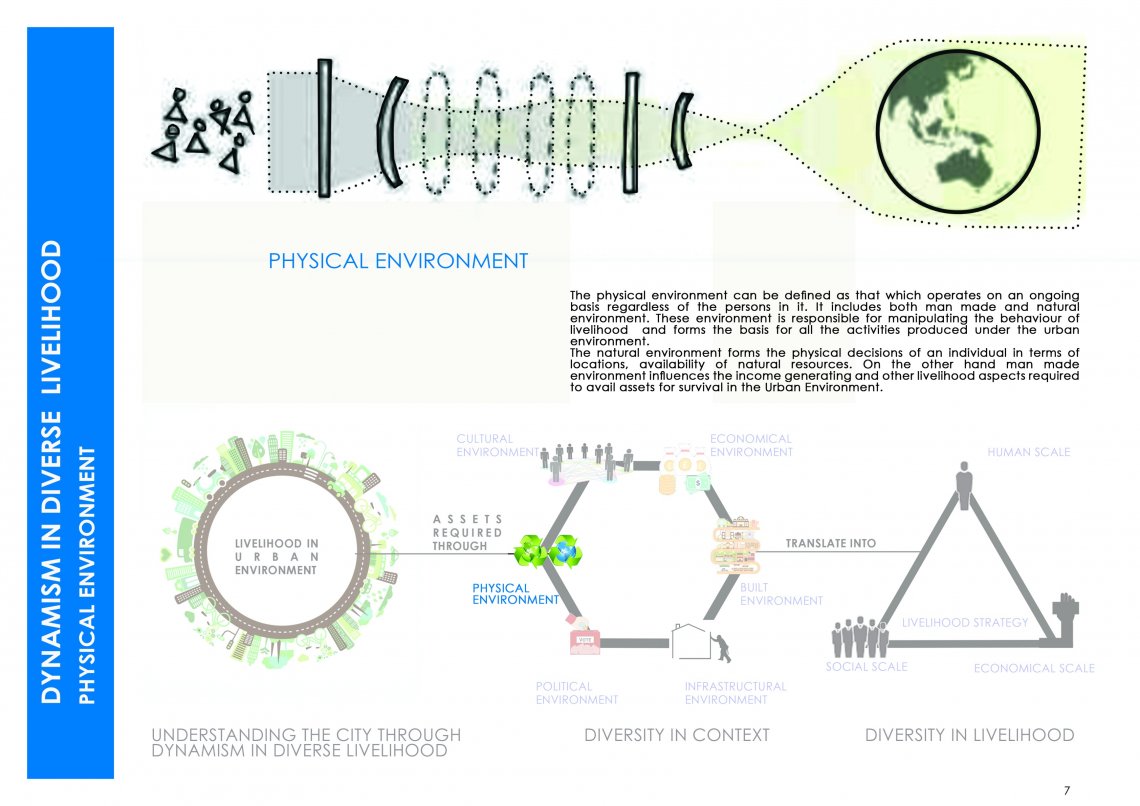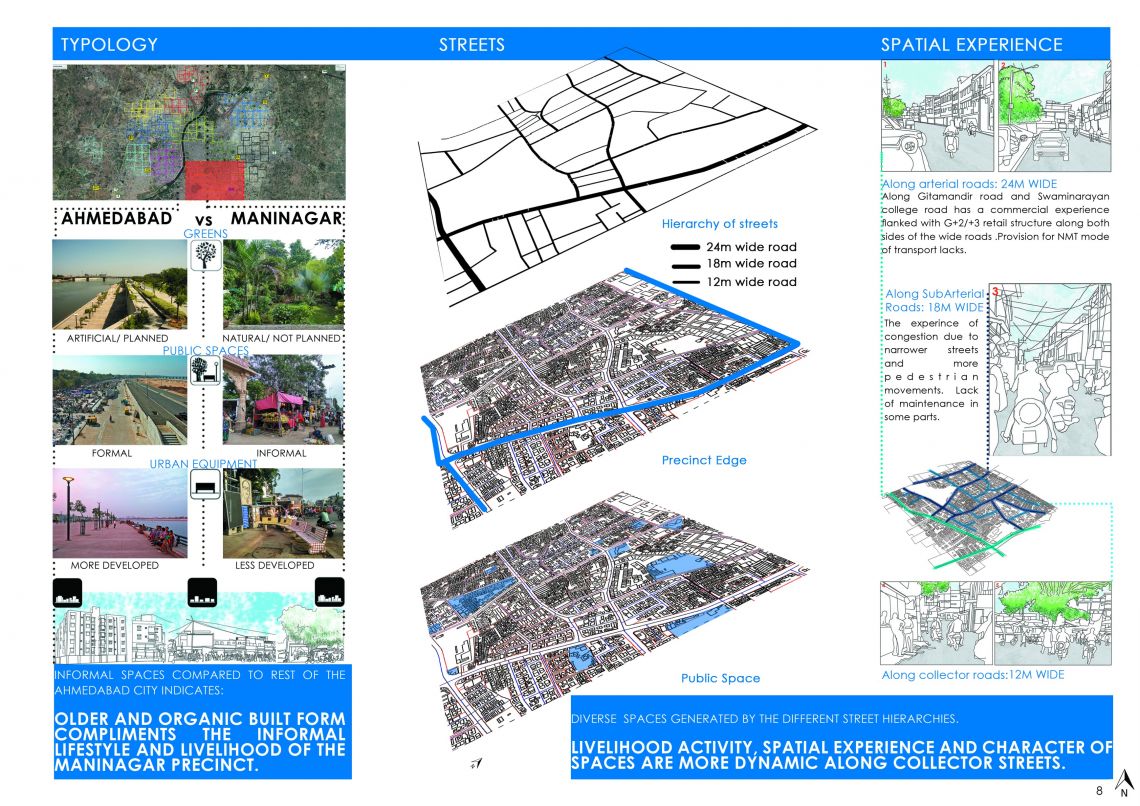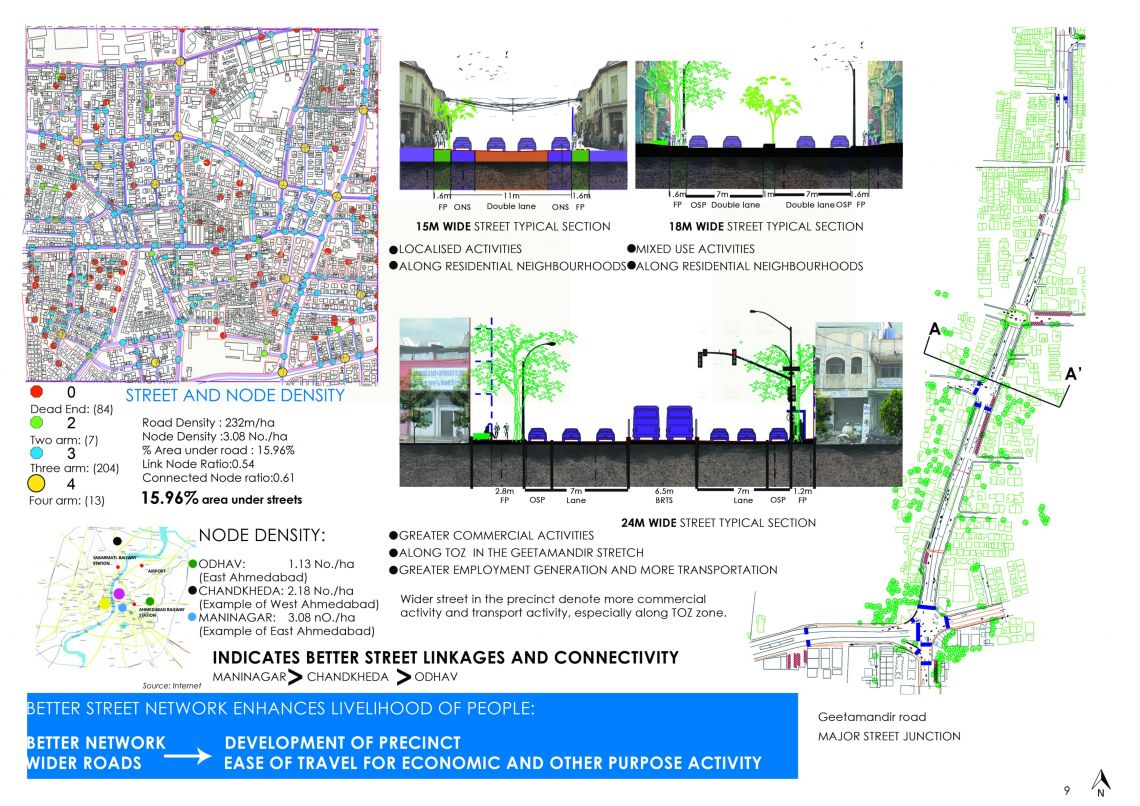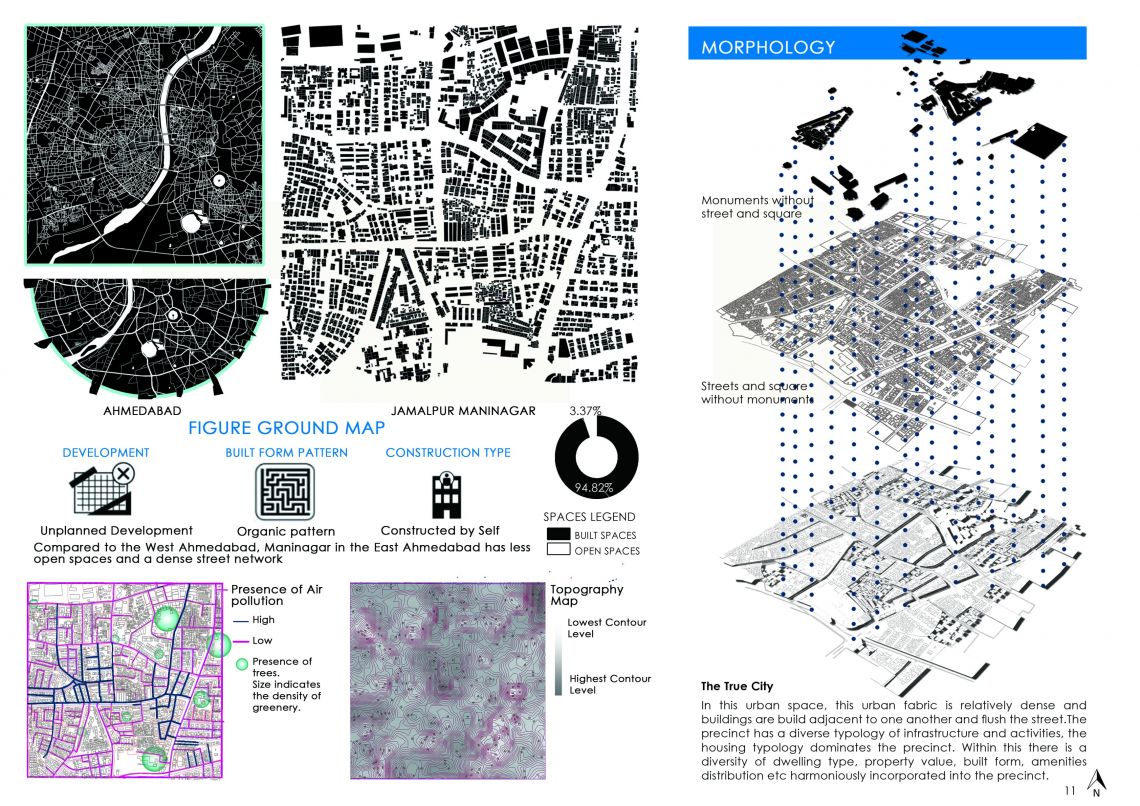Your browser is out-of-date!
For a richer surfing experience on our website, please update your browser. Update my browser now!
For a richer surfing experience on our website, please update your browser. Update my browser now!
A person's livelihood refers to their "means of securing the basic necessities -food, water, shelter and clothing- of life" and the capacity to acquire above necessities working either individually or as a group by using endowments (both human and material) for meeting the requirements of the self and his/her household Livelihoods are understood not only in terms of income earning but a much wider range of activities, such as gaining and retaining access to resources and opportunities, dealing with risk, negotiating social relationships within the household and managing social networks and institutions within communities and the city. The aim of this analysis is to point up the significance of households and communities for urban planning and policy research and second, to demonstrate the value of a conceptual framework that recognises socially constructed identities Urban Environment and livelihoods of people are interlinked in a dynamic manner where a change in either of the parameter is responsible for a value change in the other. Livelihood assets, livelihood context, livelihood strategy, and livelihood vulnerability are some of the dynamics that affect these relationship. These dynamics are however built on a set of skills and capabilities, utilised to harness the the resources and sustain themselves in the urban environment In livelihood analysis assets are treated as a basis of survival. This is the most important aspect which may be tangible or not, which are acquired through Physical, Political, Infrastructural, Built, Economical and Social Environment. The set of assets are translated into a livelihood strategy in the milieu of social, economic, political, and environmental context. These are referred to as livelihood context which affects on the ability to access and use of assets for a favourable outcome
